Haas Built A New F1 Car For The First Time In Two Years
The VF-22 is the result of all the suffering the team endured running an undeveloped, ancient car in 2021. It better pay off.
If Formula 1 were a video game (it technically is, but you know what I mean) Haas of 2021 would've been the sort of non-threatening, non-playable character that didn't stand in anyone's way — without the appearance of a blue flag, at least. A presence that didn't so much advance the plot, but took up space and occasionally added a little flavor to the story. In 2022, the team's striving to change that with a car that's actually new. It's called the VF-22, and the world got the chance to see it on Friday.
It's almost impossible not to rag on Haas for last year's performance, but in the team's defense it's not like it expected anything different. The "American" squad with a Russian title sponsor, Russian flag livery and Russian driver spent zero money or attention on its 2021 chassis, deciding to focus all of its resources on ascertaining a solid footing for the sweeping 2022 regulations. That was probably a smart move. Lots of sports teams talk about rebuilding years, but few have the courage to actually commit and take them in stride.
The VF-22 we're seeing here is a render. It likely isn't 100 percent representative of the cars that the team will show up to preseason testing in Barcelona with, as Motorsport.com reports. But you can trust that the core is visible here. Straight away, my attention's called to a few distinguishing features between F1's sample 2022 show car from last year, versus Haas' rendition of an actual racing chassis — the first we've seen yet.
For reference, here was that sample car we've seen many times by now:
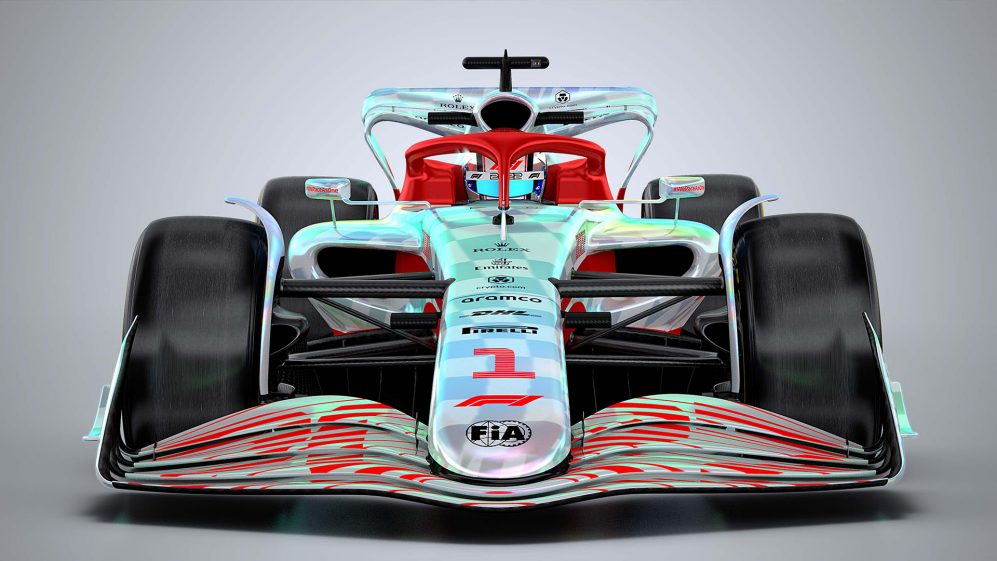
And here's Haas' official render:
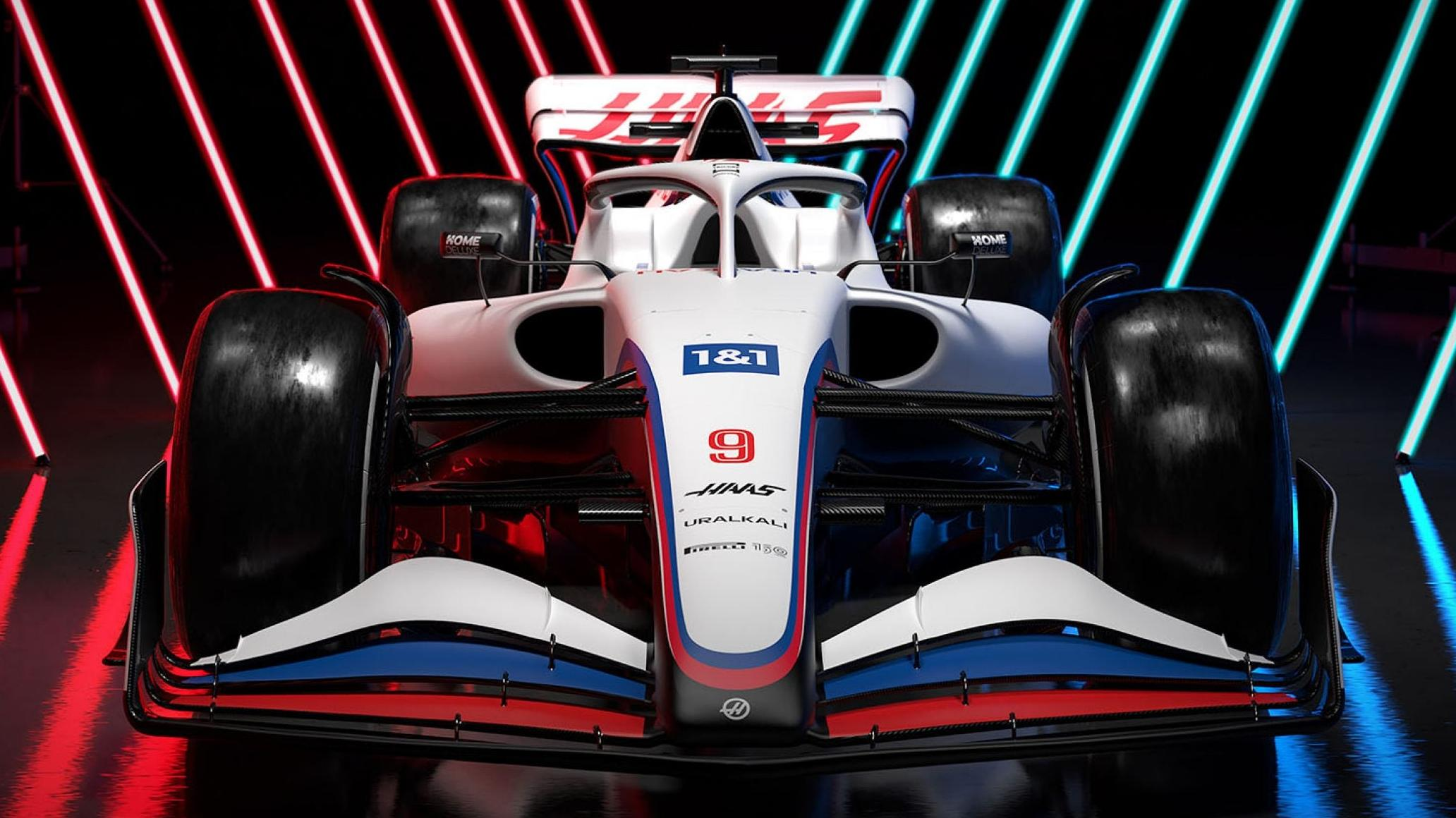
On the demo, the side air intakes are wider and follow the curvature of the sidepods. But on Haas' version, they're more rounded and closer to the cockpit. The nose on the Haas is narrower and appears to start higher and fall more dramatically, though some of that could be an illusion created by differences in each image's focal length. The Haas' front wing rises more sharply on either side, and the endplates aren't as aggressively curved inward. And while the rear wing maintains the outward bow supports that I found really slick on the show car, the bridge between them is flatter on the VF-22.
I'm not an aerodynamicist, so I can't tell you why these changes are preferable for performance. However, it was inevitable that teams would deviate from the demo car's template, because the mockup was intended for exactly that — demonstration. Its objective was to look good and get people talking, not win a race.
That said, I think the Haas is still a looker, even if you could argue it's not as radical as it could be. It's also only one car. The rest of the field will turn up with their independent interpretations (and exploitations) of the rules, which is one of F1's best qualities that you don't get from a spec series.
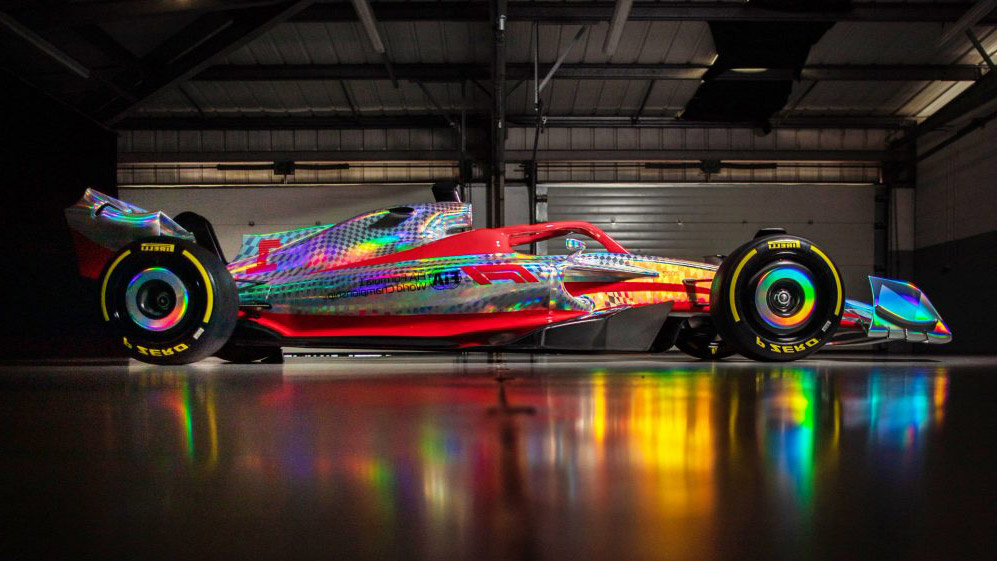
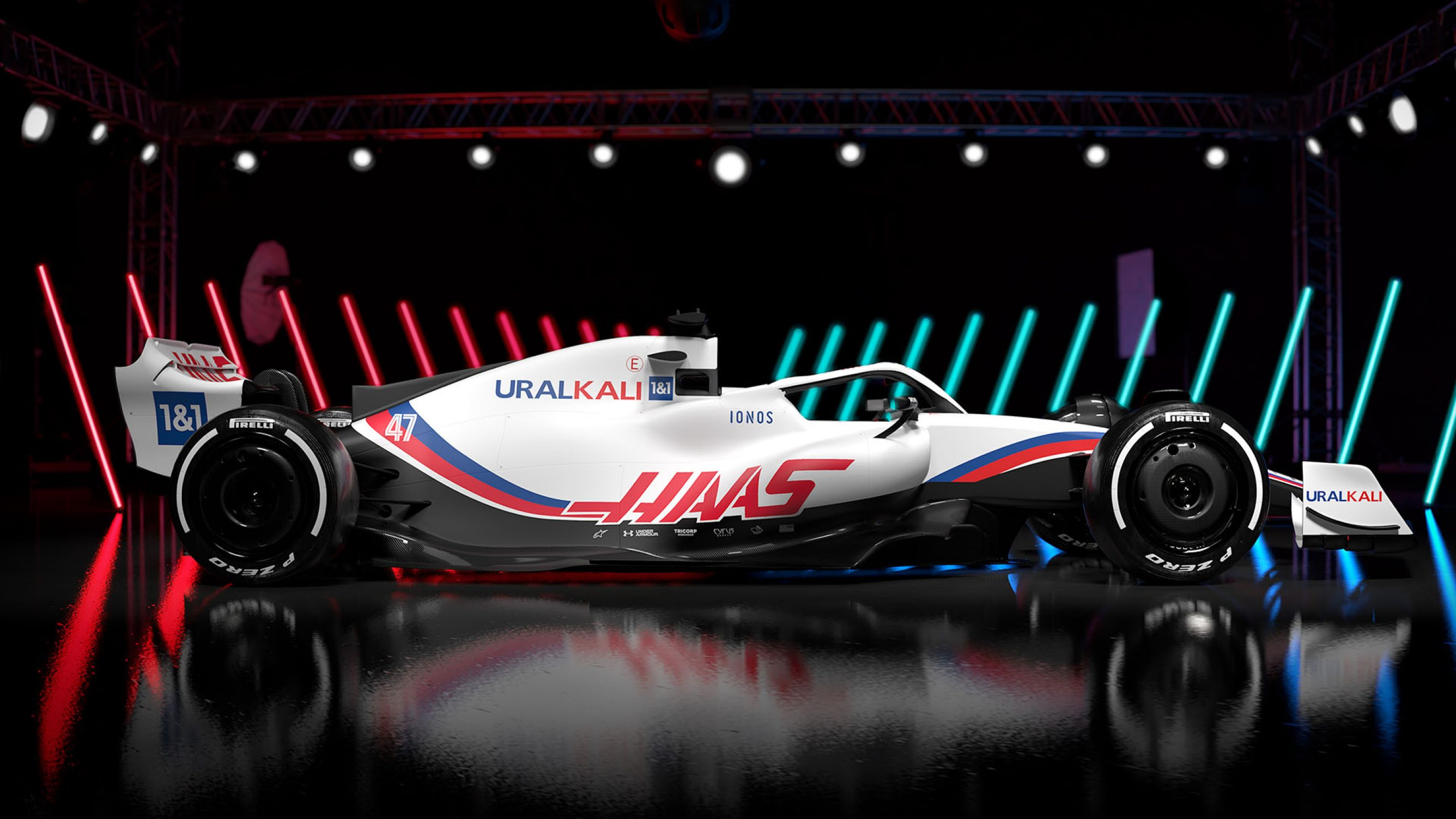
The Haas is a little more rigid in profile, particularly at both ends. The wheelbase seems longer, and it looks like there's more flat space immediately behind the sidepods. That said, the iridescent livery of the show car probably does well to hide these attributes that are more obvious under matte white paint.
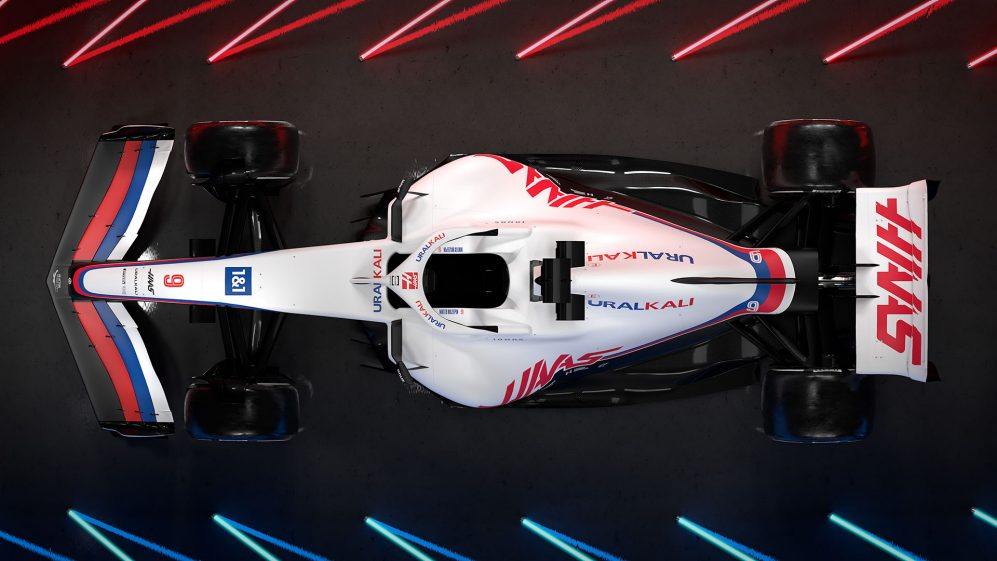
Speaking of paint, I'd be curious if Haas will once again face criticism that its livery breaks rules imposed by the Court of Arbitration for Sport. In 2020, CAS decided that athletes "shall not display publicly [...] any national emblem or other national symbol of the Russian Federation, including without limitation, on their clothes, equipment or other personal items" as punishment for state-sponsored doping over the previous decade. The triple layers of the VF-22's wing forms what is obviously a Russian flag, but then that was also true of the VF-21. Maybe if the team manages to finish in the points this year, somebody will notice enough to take issue with it.
